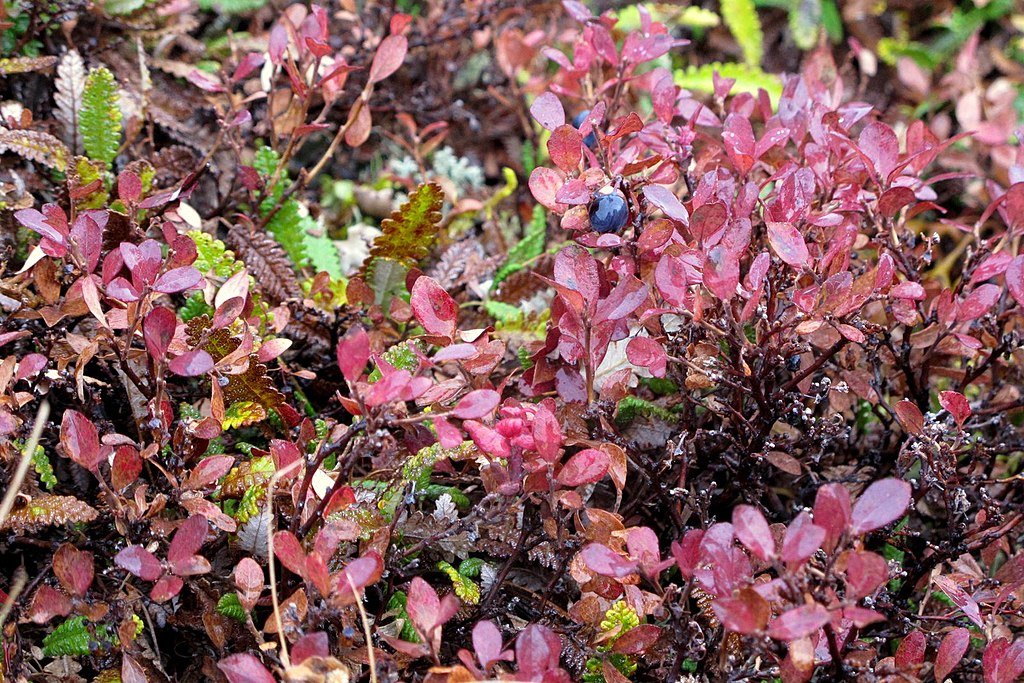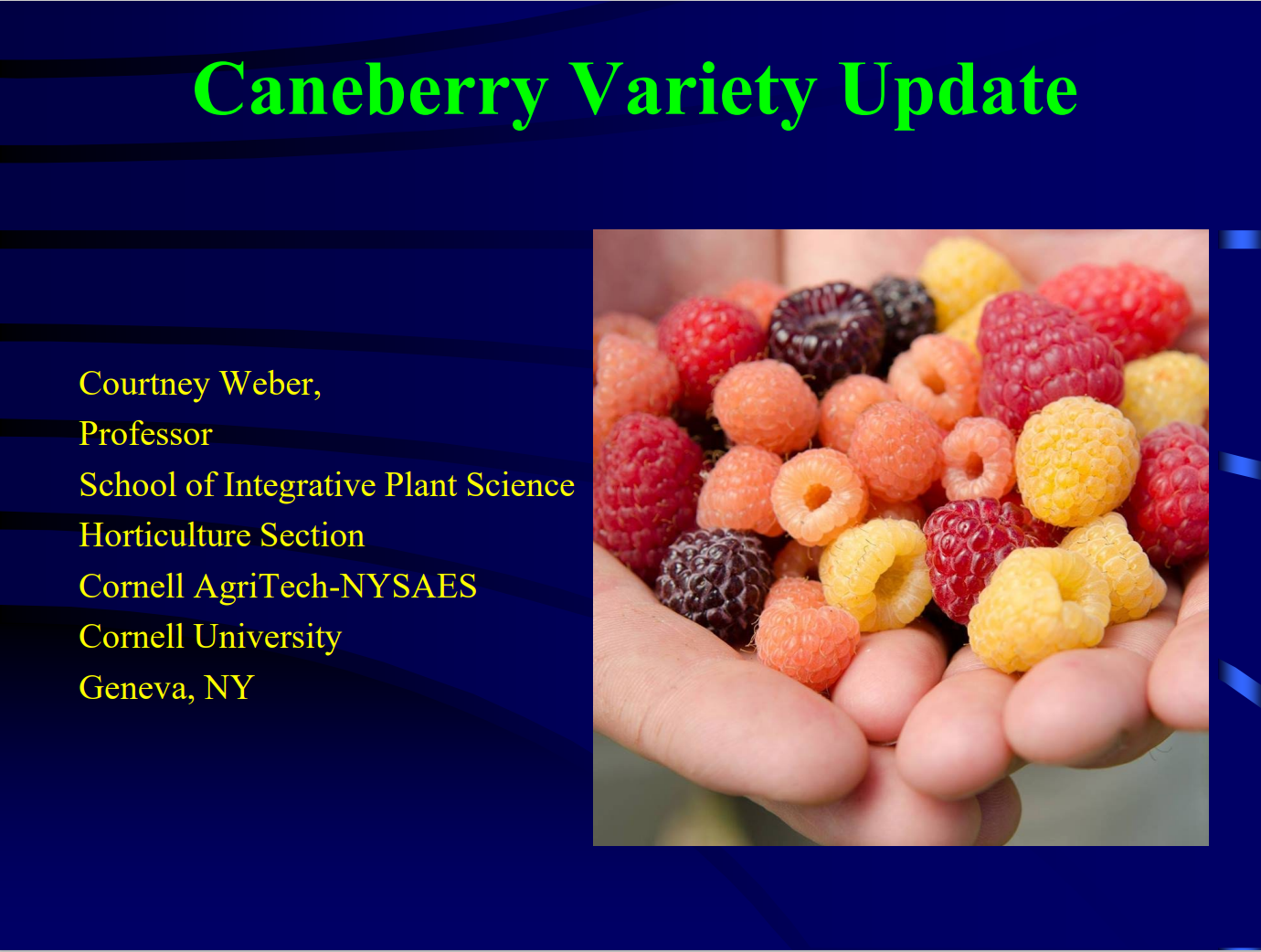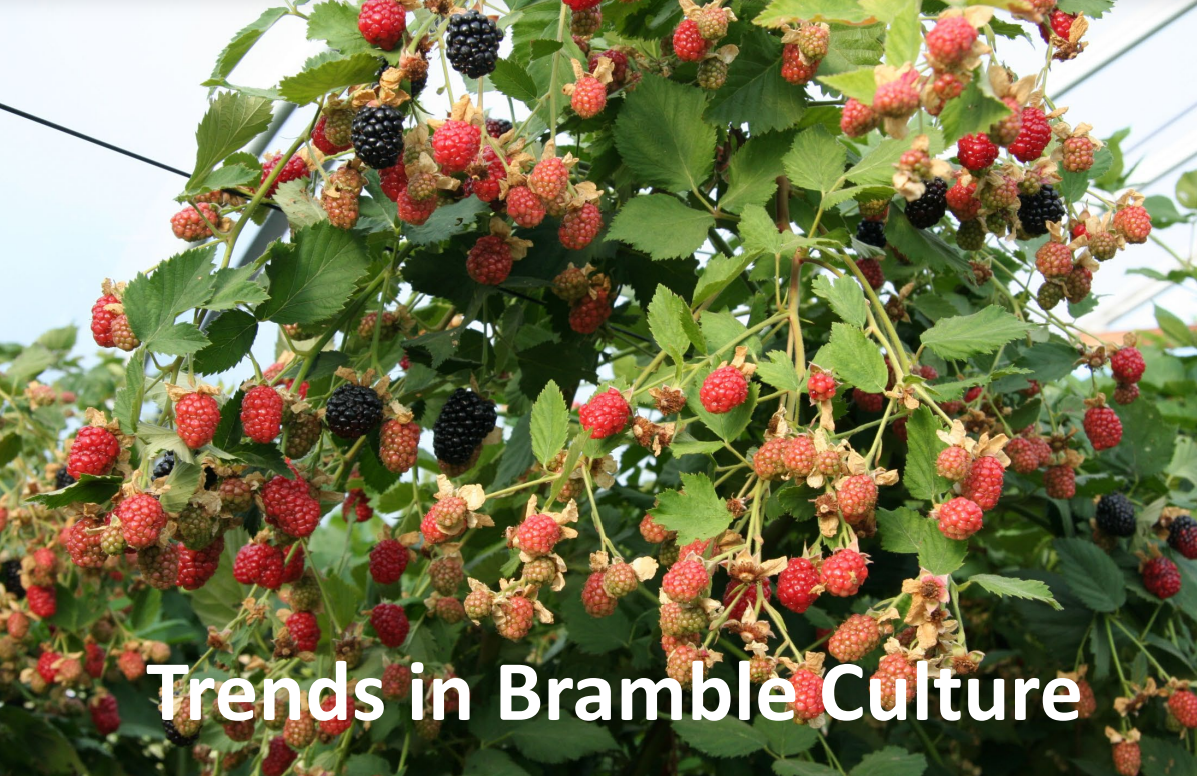The Empire State Expo and Becker Forum is coming to Geneva, January 14-16. On January 15, join experts from a variety of ag programs and extension agencies to discuss the most pressing topics for berry growers. Check out the full schedule below.
NYS EXPO Berry Day
Organized by Heather Kase and Anya Stansell
Session 1: 1 DEC Credit Requested
8:30am – 8:55am: DEC Credit sign-in
8:55am-9:00am: Welcome and Introductions
9:00am – 9:30am: Dr. Anna Wallis presents on a spotted wing drosophila control research project in which her team is evaluating a pesticide delivery pouch and an insecticide adjuvant in comparison to the growers’ standard spray program.
9:30am-10:00am: Anya Stansell will present on fungicide resistance evolution in strawberry botrytis and recommendations for grower spray programs to reduce botrytis.
10:00am: adjourn.
Session 2: No DEC Credits Requested
10:30am – 11:30am: Dr. Betsy Bihn will present on food safety considerations for growers, food safety culture, and engage growers in a hands-on activity to identify the food safety plans for their business.
11:30am: Adjourn for lunch.
Session 3: No DEC Credits Requested
1:00pm-1:40pm: Elizabeth Malchoff will present on options when selecting irrigation systems for berry crops.
1:40pm-2:00pm: Dr. Liz Higgins will present on farm revenue tracking strategies.
2:00pm: adjourn.
Session 4: 1 DEC Credit Requested
2:20-2:30: DEC credit sign-in.
2:30-3:00pm: Heather Kase will present on rainfastness of insecticides and fungicides.
3:00-3:30pm: Anya Stansell will present on berry crop water needs and compare different mulches and rowcovers as means of discouraging fungal disease, insect pests, and rodent damage in different berry crop systems.
3:30-4:00pm: Laura Biasillo, Agriculture Economic Development Specialist with Cornell
Cooperative Extension Broome County, will present on 2 grant opportunities for berry
growers. Over Zoom.
4:00pm: adjourn






































